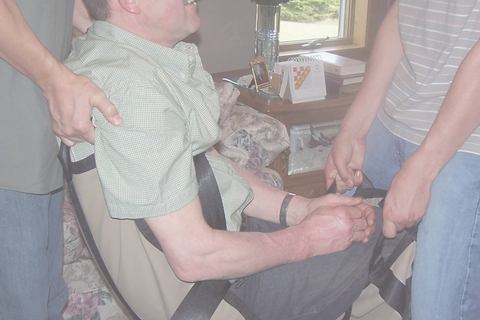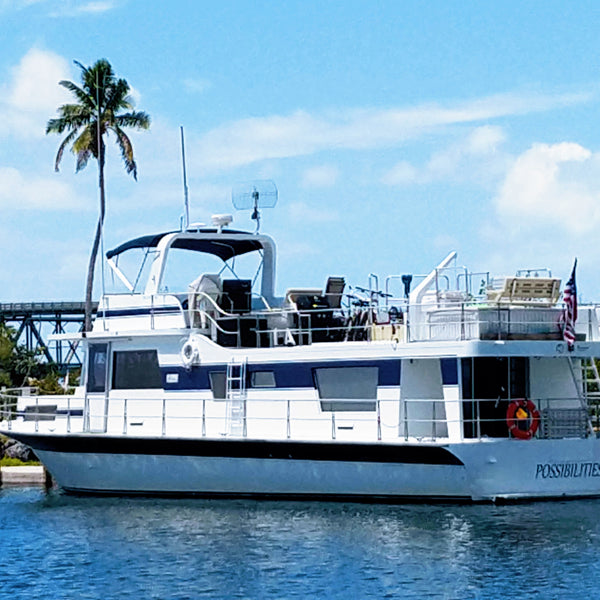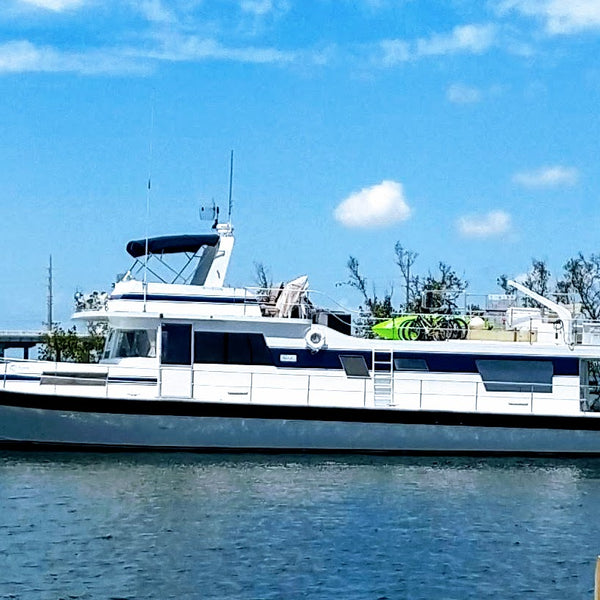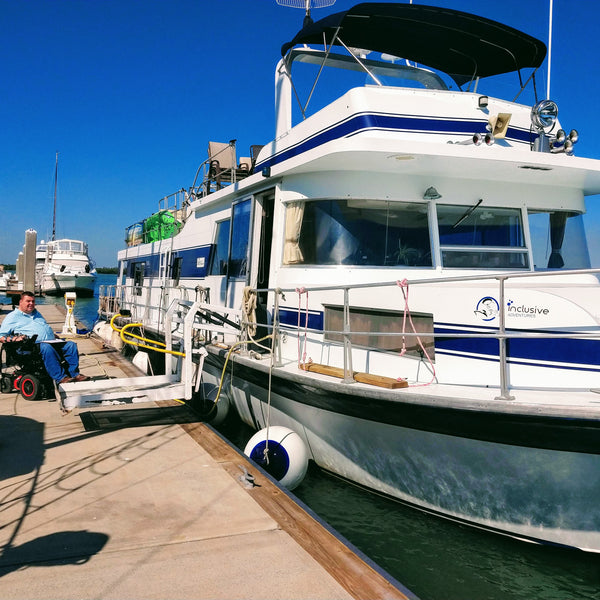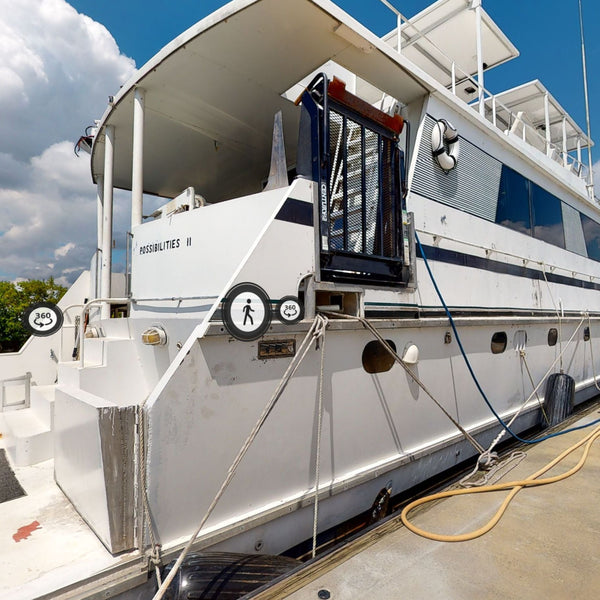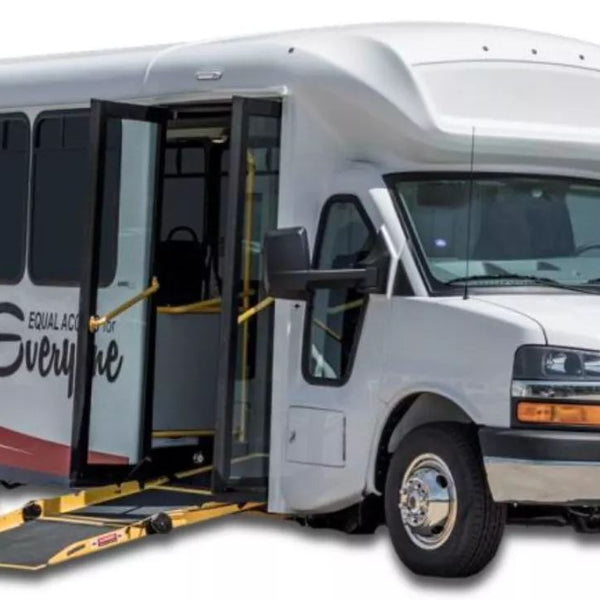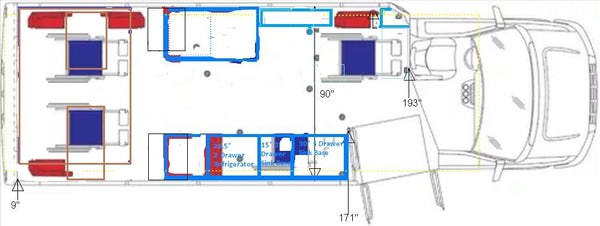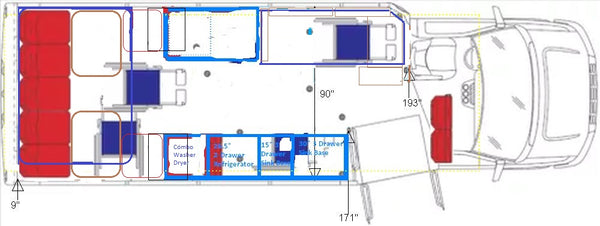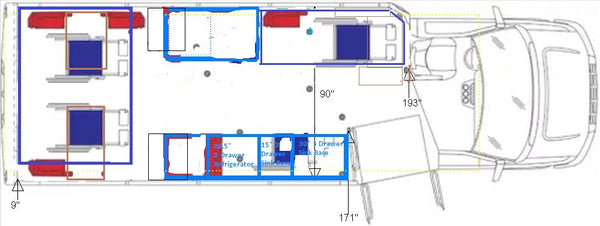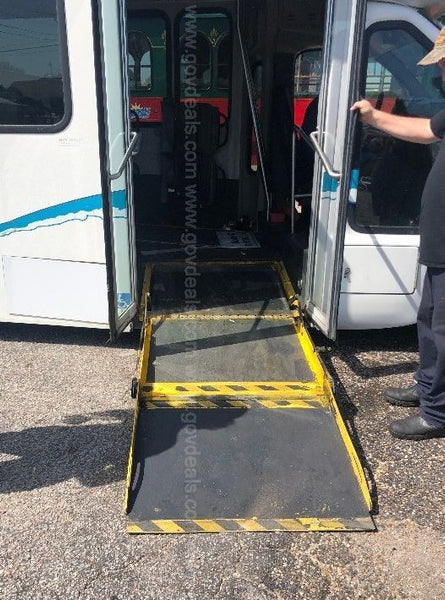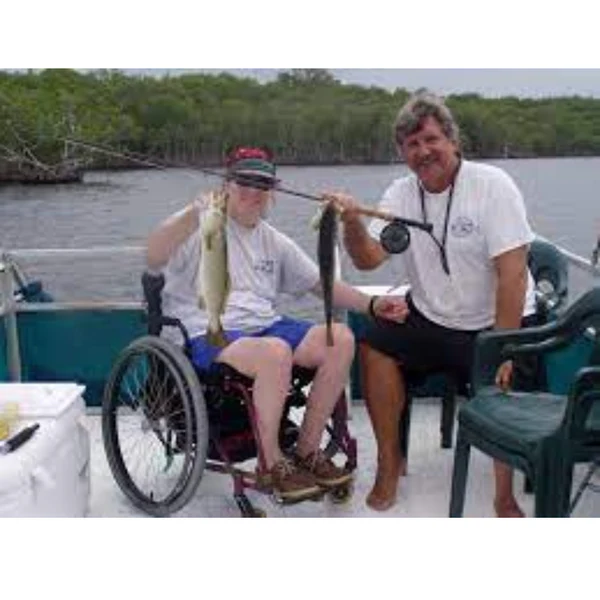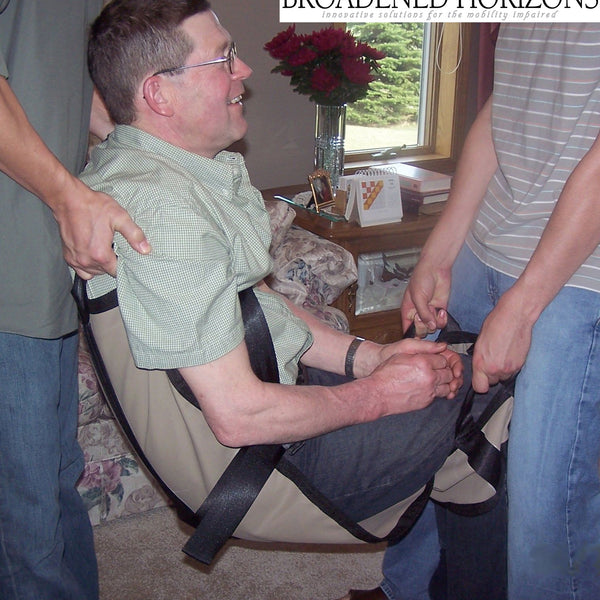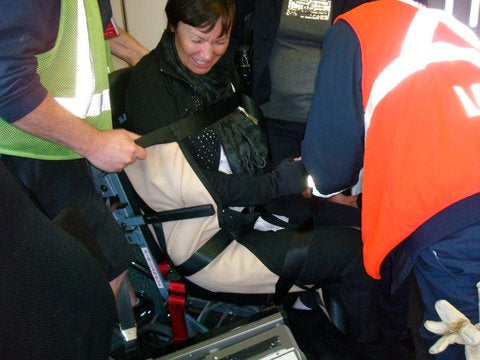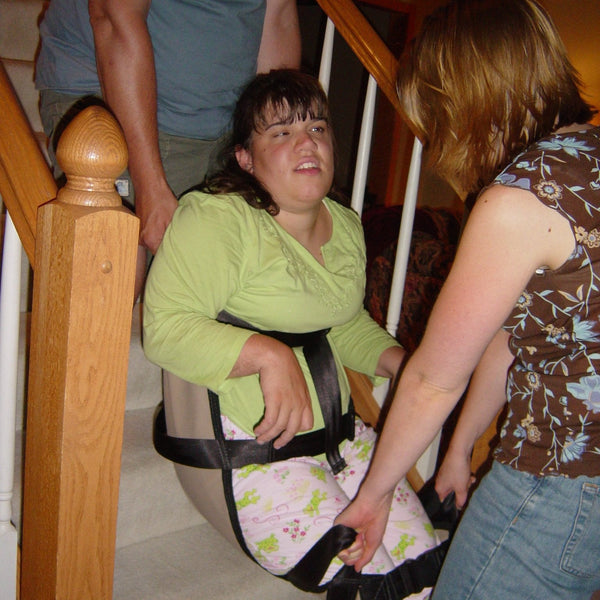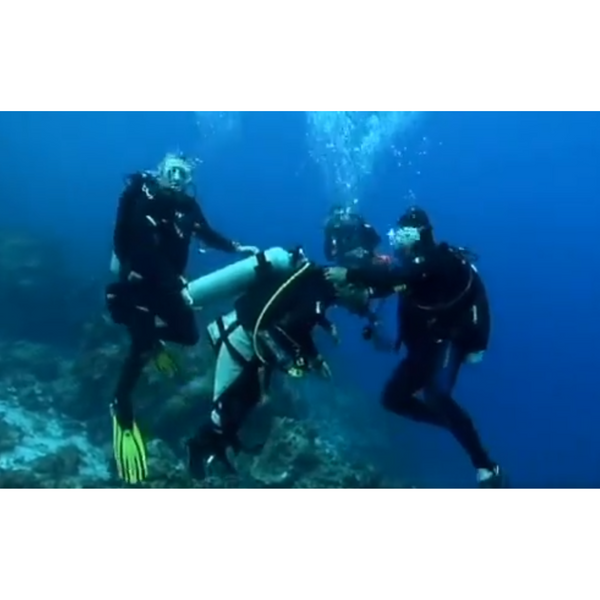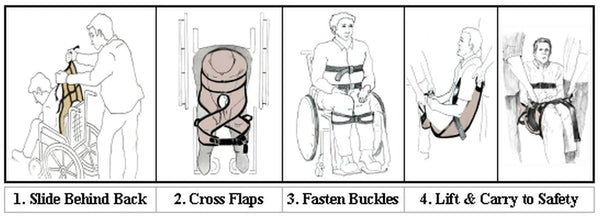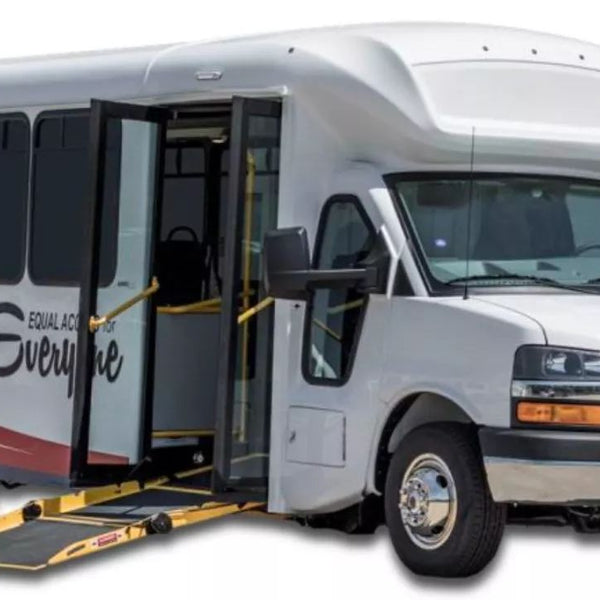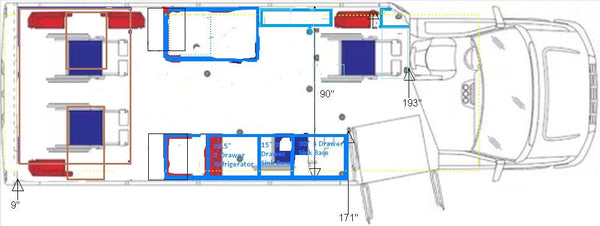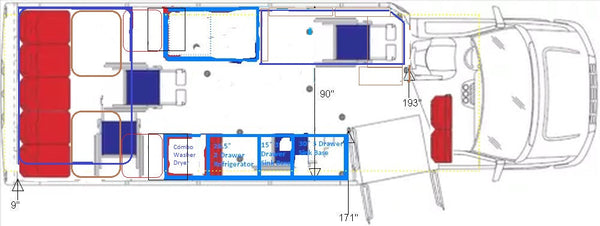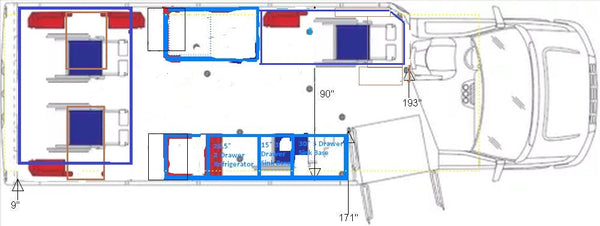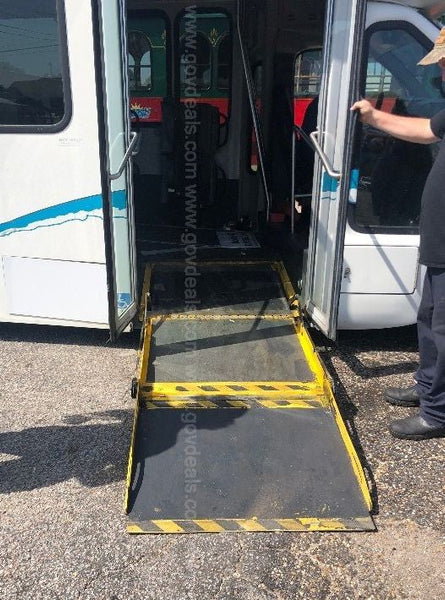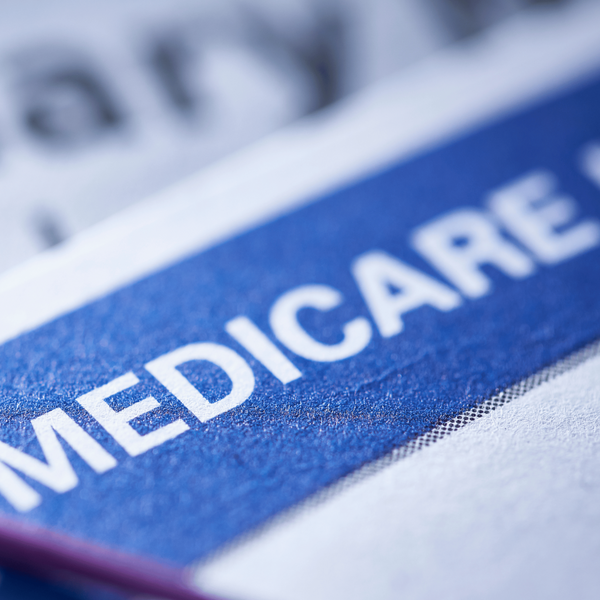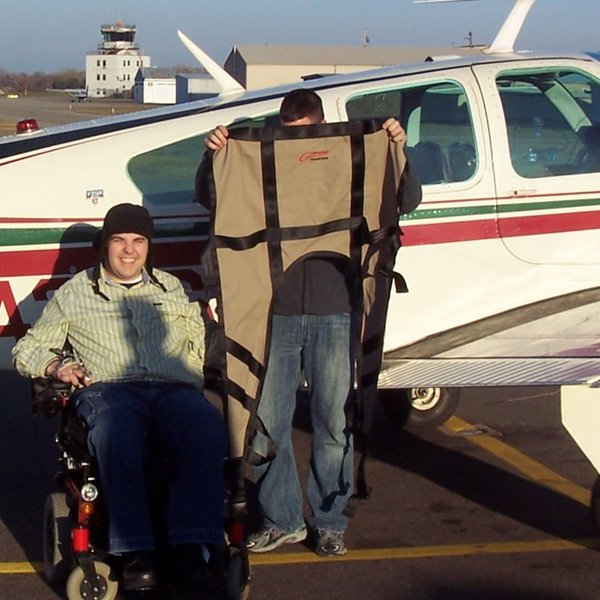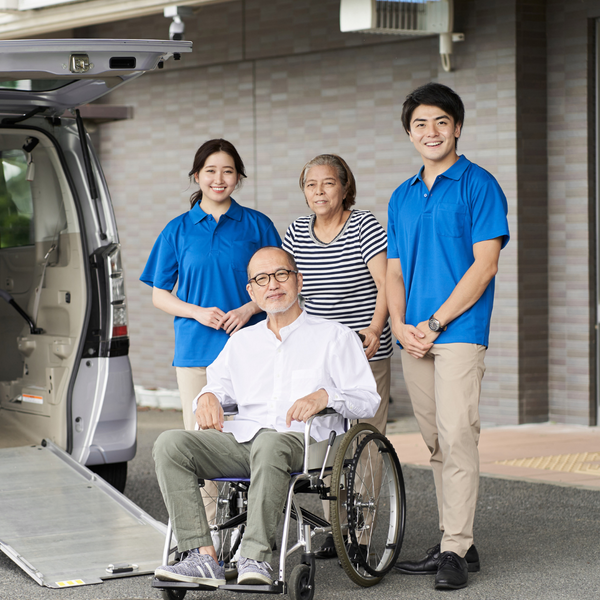A Personal Emergency Evacuation Plan—also known as PEEP—is vital for keeping people safe in an emergency situation. And it’s even more important to have plans in place for disabled people, particularly those who require additional support in an evacuation situation.
Around 1 in 5 Australians live with disability—and many of these disabilities can be invisible and dynamic, so it’s important to not assume someone’s access needs based on their appearance.
What is a Personal Emergency Evacuation Plan (PEEP)?A Personal Emergency Evacuation Plan (PEEP) is an escape plan for people with additional support needs in the event of an emergency. This includes people with disabilities of all kinds, including:
- Hearing, visual, physical or cognitive impairments
- Respiratory conditions
- Chronic pain and fatigue conditions
- Anxiety, PTSD and other mental health conditions
As part of these disabilities, you need to consider the individual’s access needs, as they may require mobility aids, service animals and other assistive technology or medications to be considered in an evacuation.
In addition, it’s important to remember many people have more than one disability, and may also experience barriers like language and communication difficulties.
While many disabilities are permanent, some are temporary and will also need to be considered. For example, someone with a broken leg will need their own Personal Emergency Evacuation Plan. This also includes people who may be recovering from surgery, as well as people who may be pregnant or have difficulties with mobility due to their weight.
Why do I need a Personal Emergency Evacuation Plan?An emergency evacuation plan is vital for ensuring everyone in your building or organisation is able to safely evacuate during an emergency, particularly those with disabilities.
In order to comply with Australian Standard 3745, it’s recommended to provide Personal Emergency Evacuation Plans for people that attend the site. This standard states that every person must be accounted for at all times, so no one is left behind during an emergency, especially those with additional support needs.
How do I create a Personal Emergency Evacuation Plan?Every building and workspace, as well as the people inside it, are different. This means an evacuation plan must be tailored to the location and the needs of the individuals.
Your Personal Emergency Evacuation Plan should include things like:
- Diagrams of the location and the person’s evacuation route
- Information about the person’s disabilities and access needs
- The assistive technology and supports needed to help the person evacuate
- The person’s contact details (and their emergency contact details)
- The location where the person normally resides, including floor, room and desk location (if applicable)
This plan needs to be created with the disabled person, as well as a representative from the organisation, and fire wardens, if applicable. It’s a good idea to date and sign the document, and review it regularly—ideally, at least once every year.
If you’re unsure about creating a suitable emergency evacuation plan, there are also professional services that can help your organisation or building develop plans. This can give your staff and building manager—as well as the disabled people inside the building—peace of mind, knowing a plan has been expertly created. Many of these services also provide free templates to help ensure your plan covers all bases.
Do I need to change my building? What can I do to better support disabled people in an evacuation?Firstly, ask the building manager what facilities the site has to accommodate disabled people, and make sure different disabilities have been considered. It’s a good idea to consult people with lived experience of disability, as non-disabled people may not always consider access needs.
For example, a siren won’t help someone who is Deaf, and flashing lights won’t help someone who is blind. Pager systems can be useful, as they may either vibrate or send a text to alert someone at the time of an emergency. Evacuation lifts, chairs and sleds are also important for people with mobility difficulties.
What now?Relevant personnel, including the disabled person, warden, managers, admin staff and carers, should be briefed on the plan and be given copies. A copy should also be available in a space that’s accessible for emergency services.
Download free PEEP Templates as prepared by Equal Access Disability Access Consultants
Related Products
Add on optional description to this section
